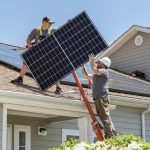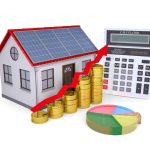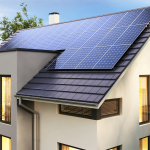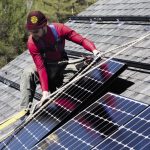In an era where environmental consciousness and energy independence are at the forefront of homeowners’ priorities, solar installation has emerged as a transformative solution across the United States. By harnessing the abundant power of the sun, households can not only reduce their dependence on traditional energy sources but also enjoy substantial financial savings and contribute to a more sustainable future.
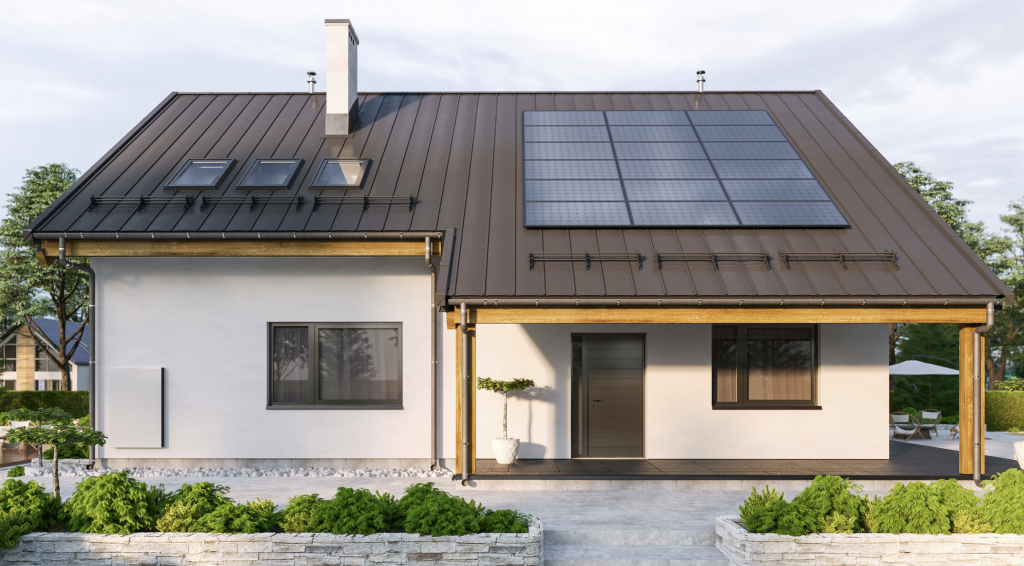
The Solar Installation Process:
Solar installation is a multi-step process that begins with a thorough site assessment. This crucial step involves evaluating the orientation, tilt, and sunlight availability of the roof or ground space designated for solar panels. Professionals analyze factors like shading from nearby structures or trees to determine the optimal placement for maximum energy absorption.
Following the site assessment, solar professionals design a customized system tailored to the specific needs of the household. The design phase takes into account energy consumption patterns, ensuring that the solar system aligns with the homeowner’s power needs. Once the design is finalized, it undergoes a permitting process to ensure compliance with local regulations and building codes.
The actual installation is performed by trained and certified technicians. This phase includes mounting solar panels on the roof or ground, installing the inverter to convert direct current (DC) power to alternating current (AC) power, and connecting the system to the household’s electrical panel. After installation, the system undergoes inspection by local authorities to ensure safety and quality standards are met.
Upon approval, the solar system is interconnected with the local utility grid. This interconnection allows homeowners to not only power their homes with solar-generated electricity but also feed excess energy back into the grid, earning credits or compensation in some regions.
Financial Incentives and Savings:
Investing in solar installation comes with substantial financial incentives, making it an attractive option for many homeowners. The federal government offers the Solar Investment Tax Credit (ITC), providing a tax credit of up to 26% of the system’s cost. State and local incentives may further enhance these benefits, making solar installation a cost-effective choice.
The primary financial advantage of solar installation is the potential for significant long-term savings on energy bills. By generating their own electricity, households can reduce or even eliminate their reliance on the grid, mitigating the impact of fluctuating energy prices. Additionally, some states offer net metering programs, allowing homeowners to receive credits for the excess energy they contribute to the grid.
Environmental Impact:
Beyond financial considerations, solar installation makes a positive contribution to the environment. Solar energy is a clean and renewable resource that produces minimal greenhouse gas emissions during electricity generation. By choosing solar power, homeowners actively participate in the global effort to combat climate change and reduce their carbon footprint.
Increased Home Value:
The installation of solar panels can enhance the resale value of a home. As energy efficiency becomes an increasingly sought-after feature among homebuyers, a solar-powered home stands out as an attractive and eco-friendly investment. Studies have shown that homes with solar installations tend to sell faster and at higher prices than those without.
Financing Options:
To make solar installation accessible to a broader range of homeowners, various financing options are available:
- Cash Purchase: Homeowners can choose to pay for the solar system upfront with cash. While this option provides the quickest return on investment, it requires a significant initial investment.
- Solar Loans: Many financial institutions offer solar loans with favorable terms, allowing homeowners to spread the cost of the system over time. These loans may come with fixed or variable interest rates, providing flexibility based on individual preferences.
- Leasing and Power Purchase Agreements (PPAs): In a lease or PPA arrangement, homeowners pay a fixed monthly fee for the use of the solar system without owning it outright. While these options require little to no upfront costs, the financial benefits may be more limited compared to ownership.
Important Considerations Before Solar Installation:
- Roof Condition and Age: Before committing to solar installation, assess the condition and age of your roof. If your roof requires repairs or replacement soon, it’s advisable to address these issues before installing solar panels to avoid complications later.
- Local Regulations and Permits: Familiarize yourself with local regulations and permitting requirements for solar installations in your area. Some communities may have specific guidelines regarding the size, placement, and appearance of solar panels.
- Energy Consumption and Needs: Analyze your household’s energy consumption patterns to determine the size of the solar system needed. Consider future changes in energy needs, such as the addition of electric vehicles or home expansions, to ensure the system meets your long-term requirements.
- Choosing the Right Installer: Selecting a reputable and experienced solar installer is crucial for a successful installation. Research local companies, read customer reviews, and obtain multiple quotes to ensure you choose a provider with a track record of quality installations and customer satisfaction.
Conclusion:
In the pursuit of sustainable living and energy independence, solar installation has emerged as a powerful and accessible solution for households across the United States. Beyond the immediate financial benefits and increased home value, choosing solar power reflects a commitment to environmental stewardship and a cleaner, greener future. By understanding the solar installation process, exploring financing options, and considering important factors, homeowners can confidently embark on the journey towards a more sustainable and energy-efficient lifestyle. Upgrade your home with solar installation today and be a part of the renewable energy revolution!


